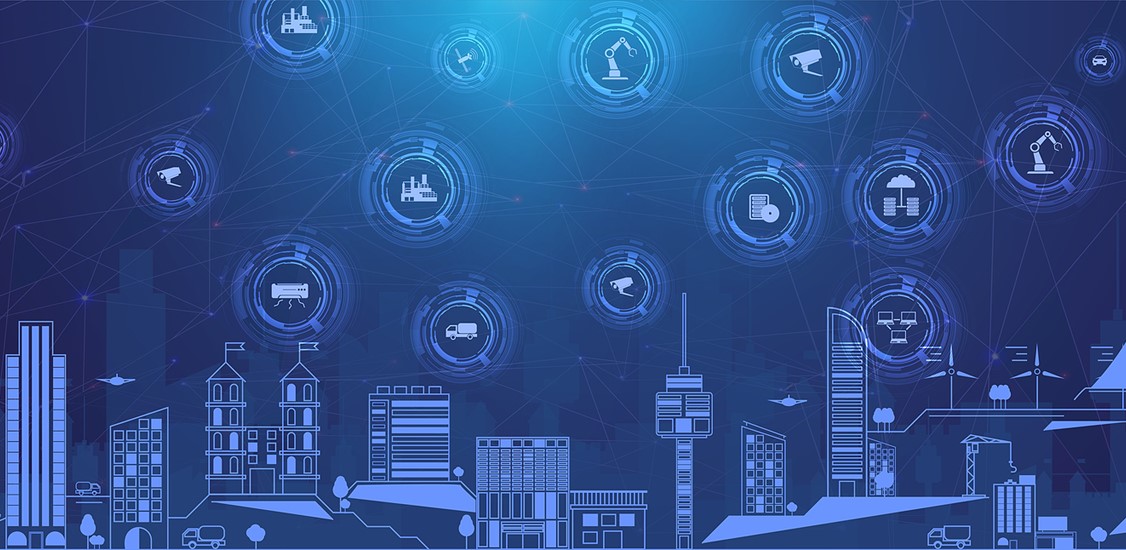The complexity of mobile communications has increased exponentially as the digital generations have advanced. Beginning as infrastructure and ecosystem that managed only voice and simple messaging in the first days of GSM, today’s networks present a very different picture. With the bandwidth, speed and latency of 5G networks, the sophistication, flexibility and power of digital communications have entered a new era. Everywhere you look, there are predictions of billions of connections, endless new business cases, and transformational approaches to communications and processes.
However – new technology capabilities are only valuable if they can be monetised - and the wider ecosystem has not yet caught up with the potential of the new generation networks. An obvious statement here: absolutely critical to the monetisation of network applications and services is the ability to charge for them correctly. And at the moment, the billions of data transactions taking place over 5G and the IoT cannot yet be accurately billed.
Since the inception of 2G in 1991, roaming and billing settlements have been carried out using TAP - Transferred Account Procedures. TAP was designed primarily for voice and is simply not flexible enough to handle the data deluge or the complicated variety of use cases enabled by 5G’s unique network slicing capability. According to PwC, from its Global Economic Impact of 5G report,“More than 80% of the economic potential appears to lie in healthcare applications (projected to contribute US$530bn to global GDP), smart utilities management (an additional US$330bn), and consumer and media applications (US$254bn more). Smaller contributions from the other industries in our study bring the total estimated uplift to US$1.3tn.”But only, surely, if the full revenue potential can be extracted from those applications by the operators. An IoT system can have millions of sensors, and the activity of each on its own is of very low value in terms of billing. Add all the IoT activity together, and it becomes a real revenue-generating network – as long as the activity can be accurately charged between participating operators.
The GSMA is not planning to evolve TAPin order to cater for new services and technologies - but it has had the foresight to set out the new approach for our data-driven world, and that is the aptly named Billing and Charging Evolution - BCE. BCE is a flexible GSMA next-generation simplified process/approach for reporting and invoicing for inter-operator settlement.
BCE approaches roaming settlement in an entirely different way to TAP. It is driven by new formats such as Usage Data Report (UDR), Usage Summary Report (USR), and Billing Statement Report (BSR). The serving party shares these BCE reports with the served party, which are then used to generate the invoice by the serving party.
By simplifying the complex multi-party settlement processes for data, BCE supports new generation use cases catalysed by 5G.
The introduction of new technologies such as 5G, IMS and MIoT mean that both parties have access to the roamer activity records from their own network nodes.BCE standardises the exchange of aggregated reports between parties and is, therefore, an ideal candidate to utilise the blockchain approach.
Blockchain is a technology known for its immutable auditing and distributed ledger system that captures and shares information accurately among numerous verified partners. With the complexity brought on by 5G roaming billing and settlement, blockchain serves as a tactical solution to simplify the sharing of reports - confidentially, securely, and on time.
Blockchain can easily handle the volume of data exchange via BCE in 5G roaming scenarios with the latest technics and technological advancements that happened in the field. The exchange of UDR, USR, and BSR over blockchain will also support automated reconciliation. Accurate invoicing leads to efficient settlement processes besides significant cost and effort savings. With BCE reports being periodically exchanged through the blockchain, operators no longer need to wait for the closure of month-end activities to reconcile or raise a dispute, if any.
All alerts and notifications can be coded as business logic within smart contracts and triggered automatically. Smart contracts can also capture the agreed timelines, thresholds for reconciliation, and tolerances between networks and SLAs, providing a single point for monitoring.
Reconciliation output can be broadcasted to relevant stakeholders or parties on a blockchain-based dashboard using APIs. Dispute findings and reconciliation reports can be shared with respective parties over the private channel in near real-time, and transactions over blockchain ensure data security due to intrinsic mechanisms of the DLTs.
BCE is designed to support wholesale roaming settlement in 5G and IoT and is flexible enough for operators to agree on settlement windows between themselves – monthly, quarterly, annually or bespoke- and use commercial models that would enable its monetisation, such as volume and tier agreements. These commercial models are not supported nowadays by TAP. An IoT event is inherently lower in value and volume, but the picture changes dramatically when all events are aggregated. This is why volume and tier agreements are more suitable to handle them.
There is no doubt that the 5G-driven IoT promises much, but in all the excitement surrounding its abilities, the ‘back room’ requirements have been somewhat overlooked by the operators. To fully benefit from the increasingly widespread deployment of 5G, operators need to look carefully at BCE and how best to implement it for their customers.
It will undoubtedly take time for BCE to become embedded into the mobile ecosystem. Still, the quicker that happens, the faster operators will be able to release the full value of the new IoT business cases. The connected world is constantly evolving - the way that evolution is monetised needs to keep pace.




















